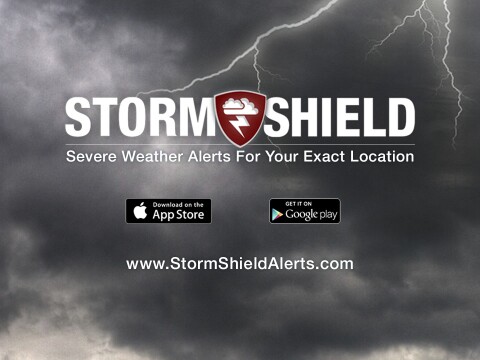Freezing rain occurs when snowflakes descend into a warmer layer of air and melt completely.
When these liquid water drops fall through another thin layer of freezing air just above the surface, they don't have enough time to refreeze before reaching the ground.
Because they are “supercooled” (meaning they are still in a liquid state despite being below freezing), they instantly refreeze upon contact with anything at or below freezing, creating a glaze of ice on the ground, trees, power lines, or other objects.
Even light accumulations can cause dangerous travel, while heavier amounts can cause significant damage to trees and power lines.
A significant accumulation of freezing rain lasting several hours or more is called an ice storm.
Want the latest Power of 5 weather team updates wherever you go? Download the News 5 App free now: Apple|Android
Download the StormShield app for weather alerts on your iOS and Android device: Apple|Android
Click here to view our interactive radar.
Read and watch the latest Power of 5 forecast here.
Follow the News 5 Weather Team:
Mark Johnson: Facebook & Twitter
Trent Magill: Facebook & Twitter




